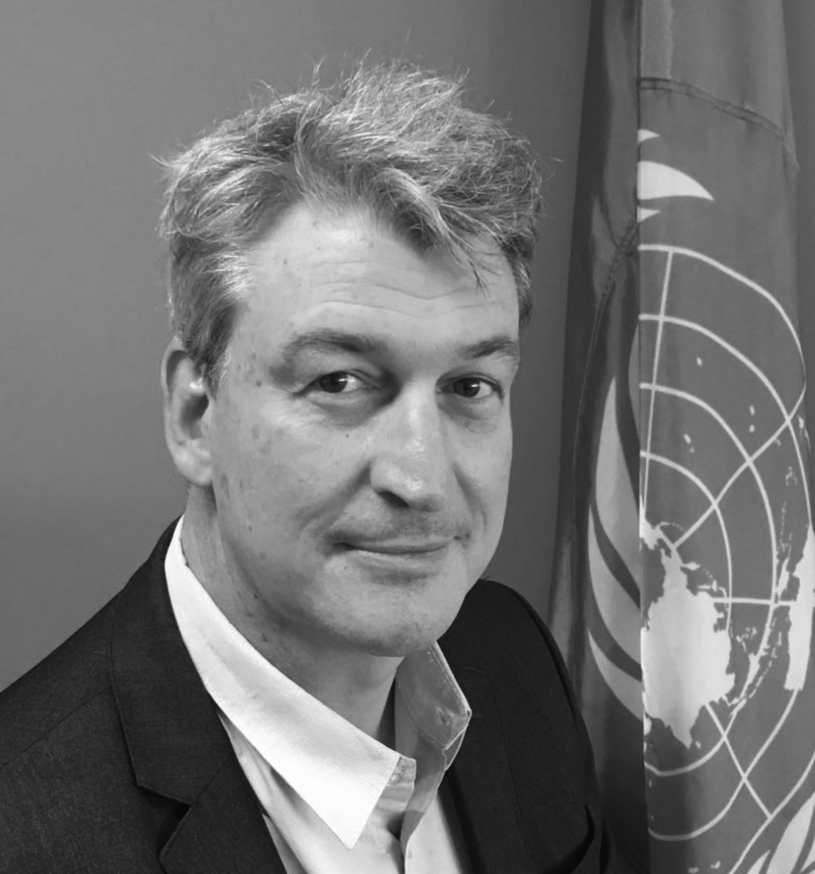Business as usual is not an option for a sustainable future

With rapid urbanisation, climate change and the ongoing COVID-19 pandemic, the world is changing rapidly. Faced with challenges and uncertainty, leaders must reshape the project management industry and identify sustainable solutions to ensure that projects are planned and delivered in a way that supports the achievement of positive long-term social and environmental impacts.
Achieving sustainable outcomes and progress towards the Sustainable Development Goals (SDGs) and Paris Agreement requires reassessing the traditional project success criteria. Of course, a great deal is out of the hands of project managers and requires a national, global, ‘portfolio-level’ strategic approach, but project managers need to be a part of the conversation. Understanding the goals, ensuring projects are aligned, and including activities that can enhance the required outcomes will be needed. Business as usual is not an option, and how we link project implementation activities and outputs to long-term outcomes and impact will be crucial.
Aligning projects to long-term development goals
On average, United Nations Office for Project Services (UNOPS) implements around 1,000 projects each year across more than 80 countries, with most of these being low-income or fragile, conflict-affected states, which can ill afford to waste limited financial resources on projects that do not contribute to greater long-term sustainability, build resilience and address inequalities.
An area of focus for UNOPS over the last few years has been to look at how we can better support governments build capacity, tools and processes to provide the evidence to align national planning to long-term development goals. This enables them to ensure projects coming out of plans are both aligned to these goals and also better able, where required, to demonstrate this through an evidenced-based approach to attract financing.
One example is the research and support to governments through our partnership with the Oxford University Infrastructure Transitions Research Consortium. Together, we have sought to understand the links between project outputs and the SDG targets for infrastructure. By understanding these links during project planning, and by ensuring activities that strengthen these links are included in our projects, we can ensure we can support our partners in turning outputs into outcomes and impact.
A fresh take on the iron triangle
This up-front support, using the common framework of the SDGs as a reference, is allowing UNOPS to better support governments across the world. But we remain an implementing agency of the UN, and how we implement our projects must be more mindful of social and environmental aspects, broadening our view of scope in the ‘iron triangle’ and not just focusing on cost and time.
UNOPS has recently introduced an updated project management methodology and accompanying tool to improve the way we integrate key aspects during a project’s lifespan. Improved project success criteria, and dedicating attention to the environmental, social and economic aspects of sustainability in the early stages of project development, allow us to better direct and manage activities to enhance sustainability in our projects and ensure long-term outcomes and impacts.
One example is UNOPS’ support to the government of Mexico. To help maximise the efficiency, transparency and effectiveness of the procurement of medicines in Mexico, UNOPS partnered with the government in a landmark $6bn agreement to purchase medicines and medical supplies starting in 2020. Drawing on our expertise in public procurement and a successful track record in the region, UNOPS’ support will also help to promote transparency and efficient spending in Mexico’s public health sector. A sustainable procurement model is being developed that will increase the resilience of supply chains on behalf of the Institute of Health for Wellbeing, which is responsible for providing health coverage for around 65 million vulnerable people without social security.
We must be prepared, and collectively address, many of the challenges ahead. Projects must have a clear link to the wider long-term outcomes and impacts intended through a more strategic portfolio management perspective. Through the business case or project success criteria, activities and outputs generated through the projects must be contributing to the intended outcomes and impacts. The SDG framework, in particular, is a way to bring together practitioners to help achieve this through a consistent approach and language and a broader lens to view why and how we implement our projects.
You may also be interested in:
- Delivering sustainability in projects from APM Learning (🔒)
- What is sustainability in project management?
- Why sustainability should be on every project professional’s agenda
This blog was co-written by Steve Crosskey and Besnike Jaka
 Besnike Jaka is senior manager, organisational PMO, at United Nations Office for Project Services (UNOPS).
Besnike Jaka is senior manager, organisational PMO, at United Nations Office for Project Services (UNOPS).


0 comments
Log in to post a comment, or create an account if you don't have one already.